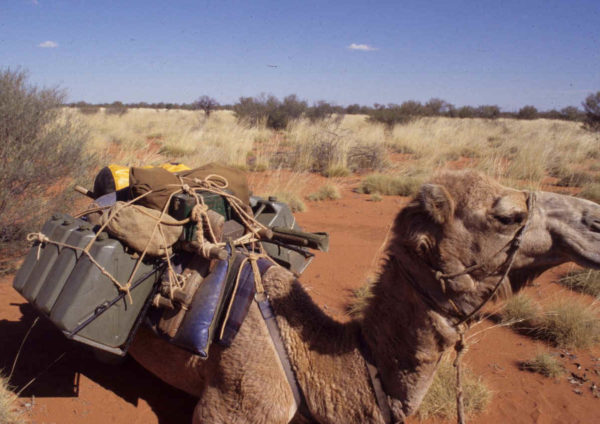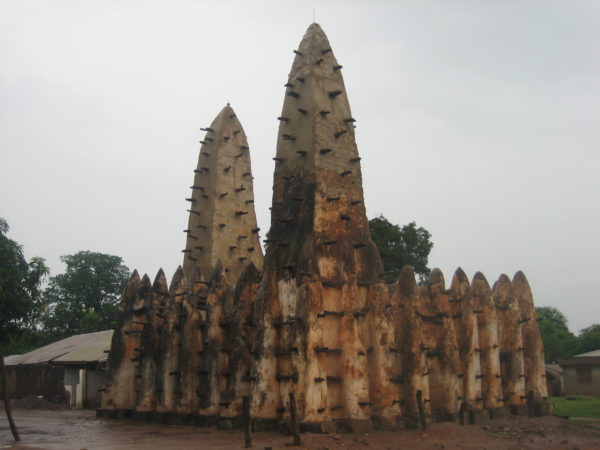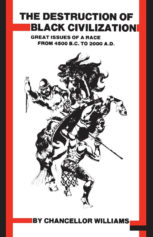Ancient Ghana, or the Old Ghana Empire, has nothing to do with modern Ghana at all — it’s not even in the same place, being some 400 miles to the north and west of modern Ghana, and consisting of, very roughly, what are now Northern Senegal, Southern Mauritania and a bit of Southwestern Mali. In fact, “Ghana” wasn’t even the empire’s name — it was the title of its ruler (it means warrior king) and the empire itself was actually called Wagadugu, or Wagadou, or the Soninke Kingdom, according to whichever account you’re reading. When modern Ghana achieved independence, it chose the name Ghana to honor the strength of ancient Ghana and also as a statement that Black Africa did have a great history, including advanced empires, prior to European and Arabic slave raids and the destruction of most native functioning kingdoms.
Start of the Old Empire of Ghana: A.D. 300 — 800
Somewhere between those two dates, the empire was formed under the semi-divine Dinga Cisse, leader of the modern-day Senegalese, then known as the Soninke people. The empire was helped by the domestication of the camel, allowing the transportation of goods around the dry desert areas of North Africa to become significantly easier. For the first time, the extensive gold, ivory and salt resources of the region could be sent north and east to population centers in North Africa, the Middle East and Europe in exchange for manufactured goods.
A.D. 992 — Ghana Captures Awdaghast
Although known for its trade connections, the empire was pretty handy with its weapons, too, and expanded itself considerably by conquering neighboring cities and regions. Awdaghast was a city along the trans-Saharan trade route to the north of the original empire, and that entire area became part of the expanded empire, according to answersafrica.com.




